Vauxhall unveils the Frontera electric crossover
While the predecessor Vauxhall Crossland was still a crossover between a van and an SUV, the body of the Frontera is based more on the namesake from the 1990s, when there was already a Vauxhall with this sales designation. The Frontera is an SUV, but in the 2024 model year, it has the fresh Vauxhall brand design that the new Grandland also bears. The look has been tangible since Vauxhall published the first images of the new Frontera at the beginning of April. At the world premiere in Istanbul, the German company is now revealing that the model will not only be available as a five-seater but also as a seven-seater.
In the press release for the world premiere of the model, the Stellantis brand is confident about the latest electric car in its range, talking about the “start of a new chapter in the company’s successful history”. However, as with the design presentation, Vauxhall is not providing any more detailed information on the technology. electrive was able to find out a few key points during a preliminary meeting.
The Frontera will be equipped with the drive system that Stellantis presented last year with the Citroën ë-C3 – both vehicles are based on the CMP Smart Car platform and are to be built together at the factory in Trnava, Slovakia. The 83 kW electric motor and the 44 kWh battery with LFP cells from SVOLT are therefore set for the Vauxhall. In the small ë-C3, this should be enough for 326 kilometres according to WLTP. In the Frontera, there is talk of “more than 300 kilometres” – so it fits.
However, Vauxhall is also promising a “long-range version” of the Frontera with a range of up to 400 kilometres. The manufacturer is therefore introducing a second battery variant, but without giving any further details at the moment. As the CMP Smart Car is related to the e-CMP from Stellantis, the 115-kW drive with the 54-kWh battery (known from the Vauxhall Astra Electric, for example) could possibly be an option. Depending on the model, this offers just over 400 WLTP kilometres. However, this has not been confirmed.
With the 44 kWh battery in the base model, however, the key data of the charging system is clear: charging takes place with up to 100 kW at direct current charging points, and a charging process from 20 to 80 per cent should take 26 minutes. An 11 kW charger is installed for AC charging; a full charge from zero to 100 per cent will take around four hours.
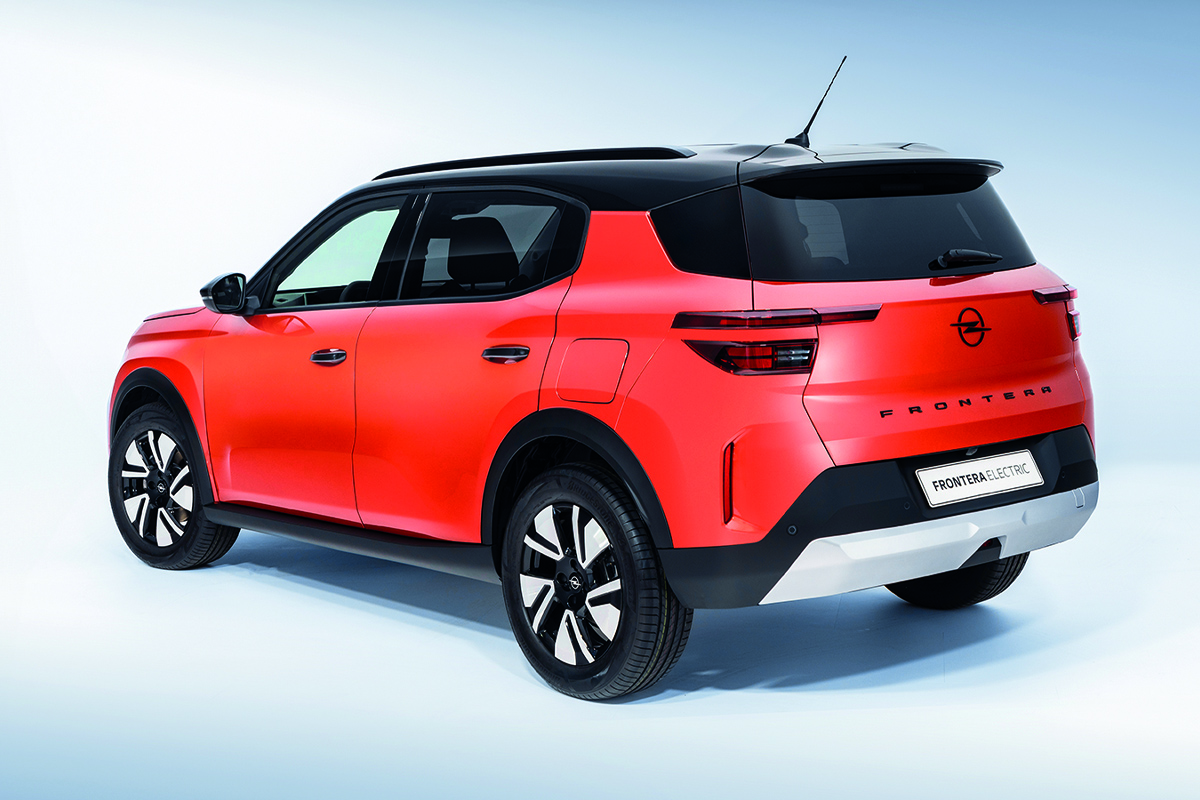
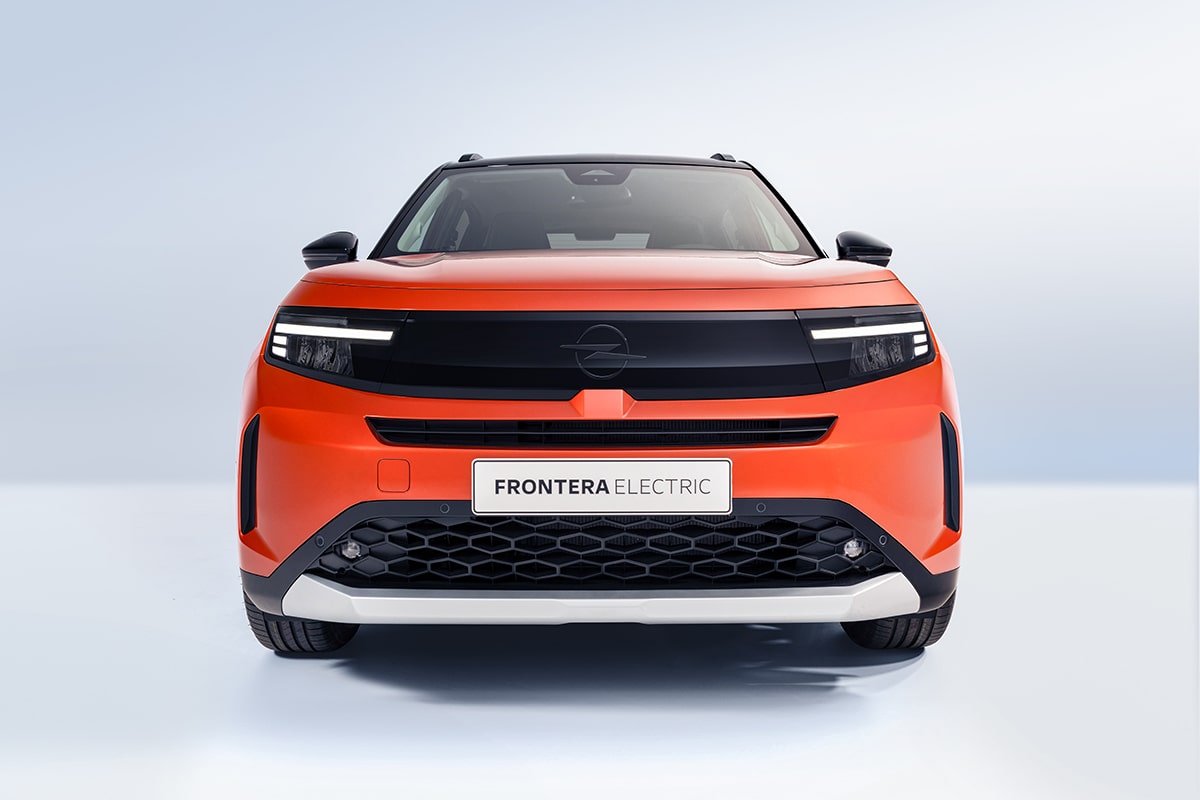
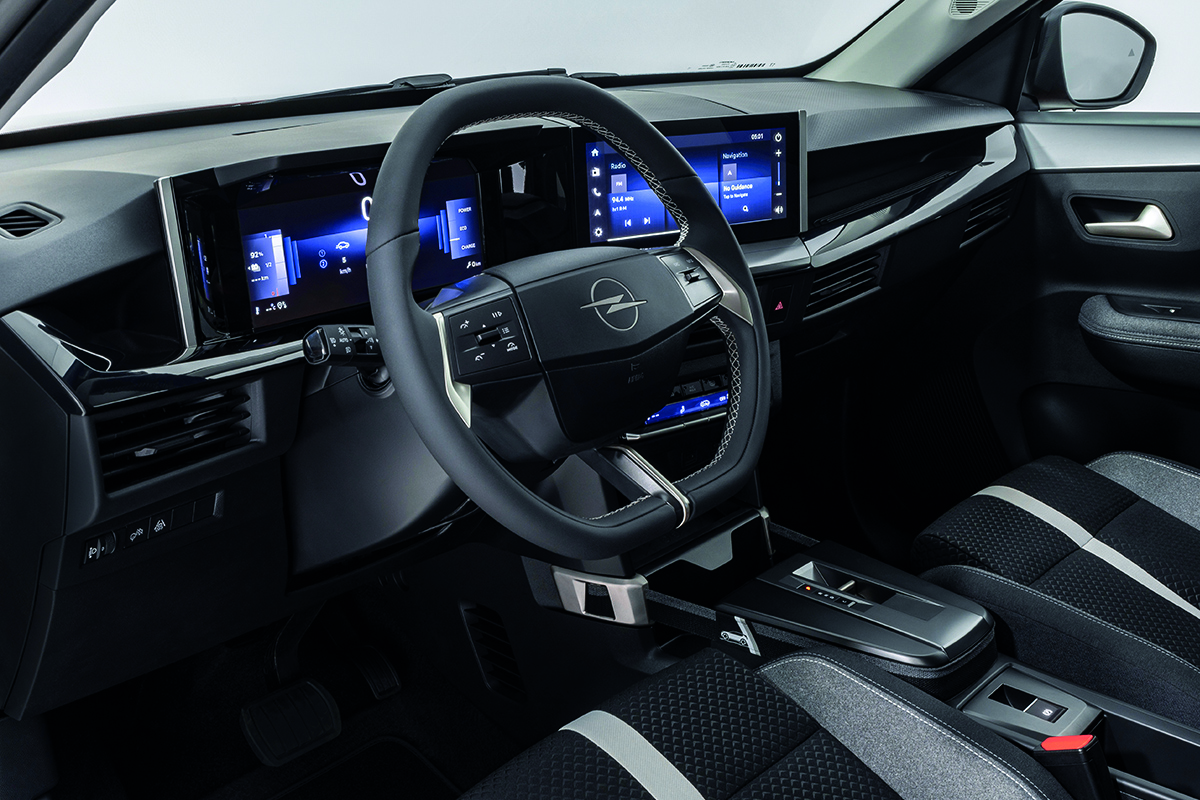
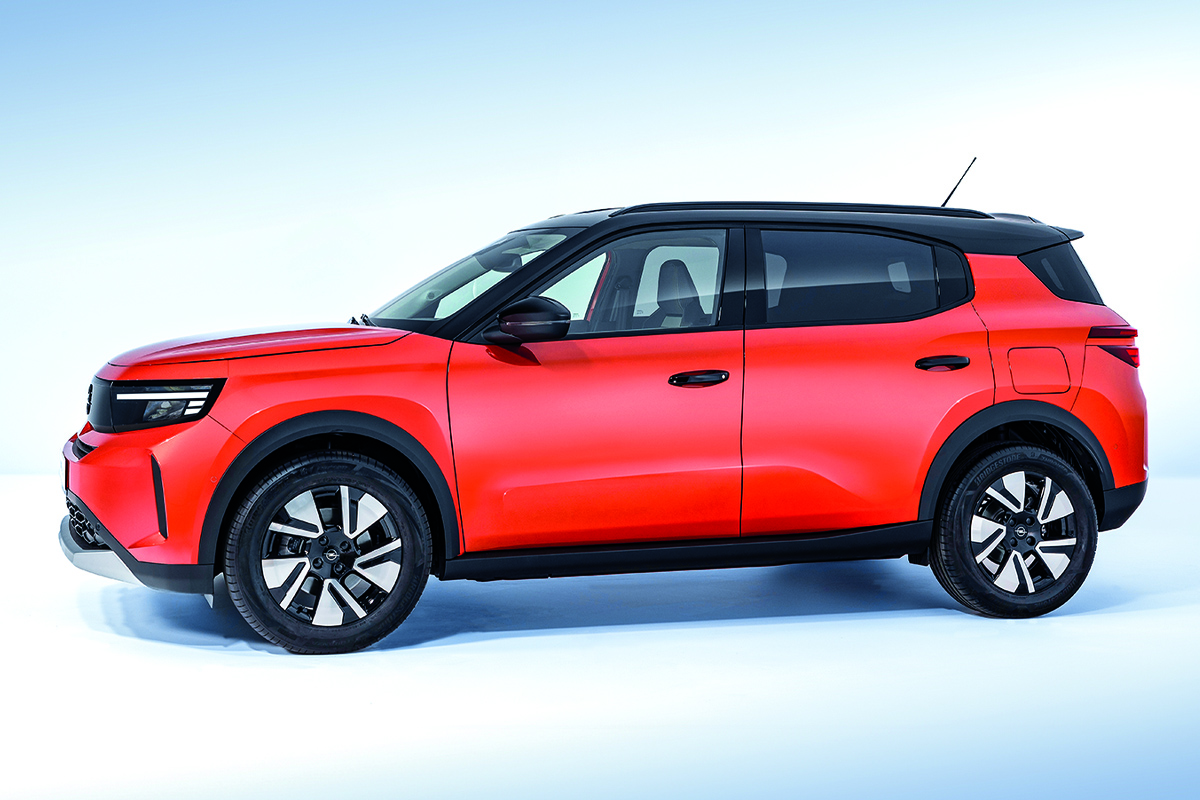
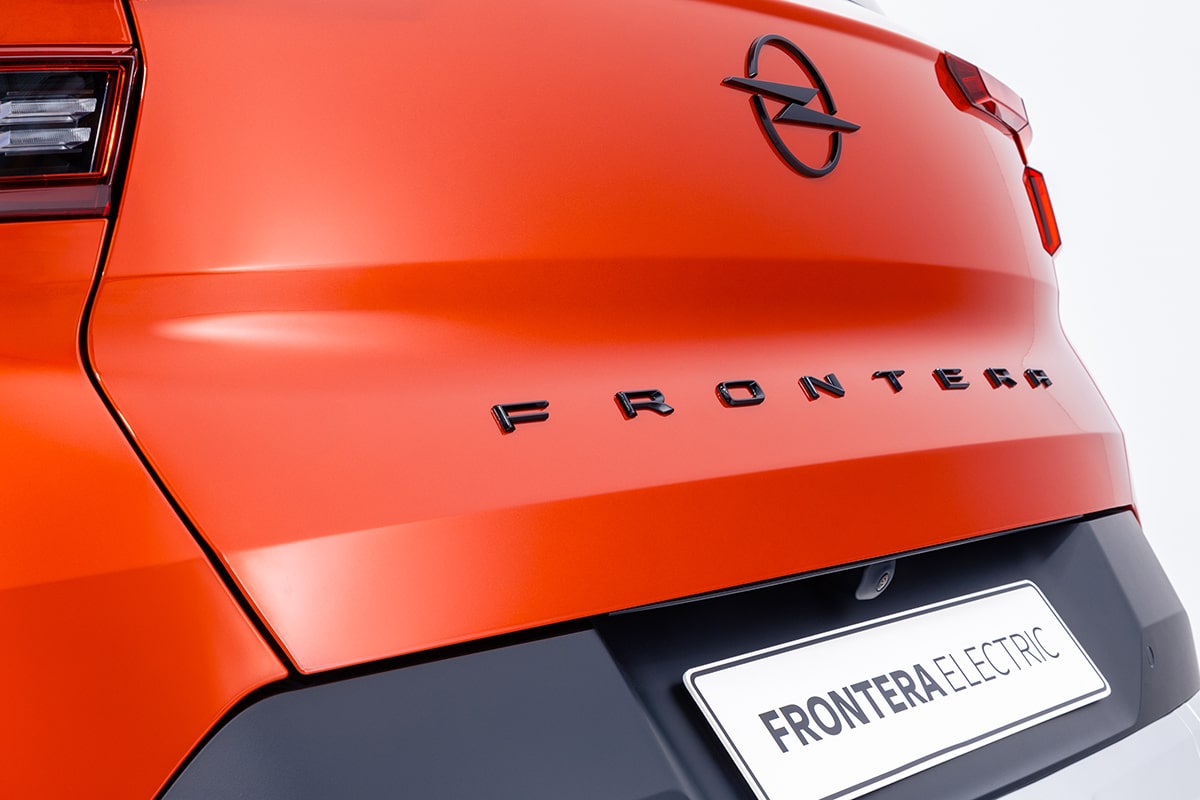
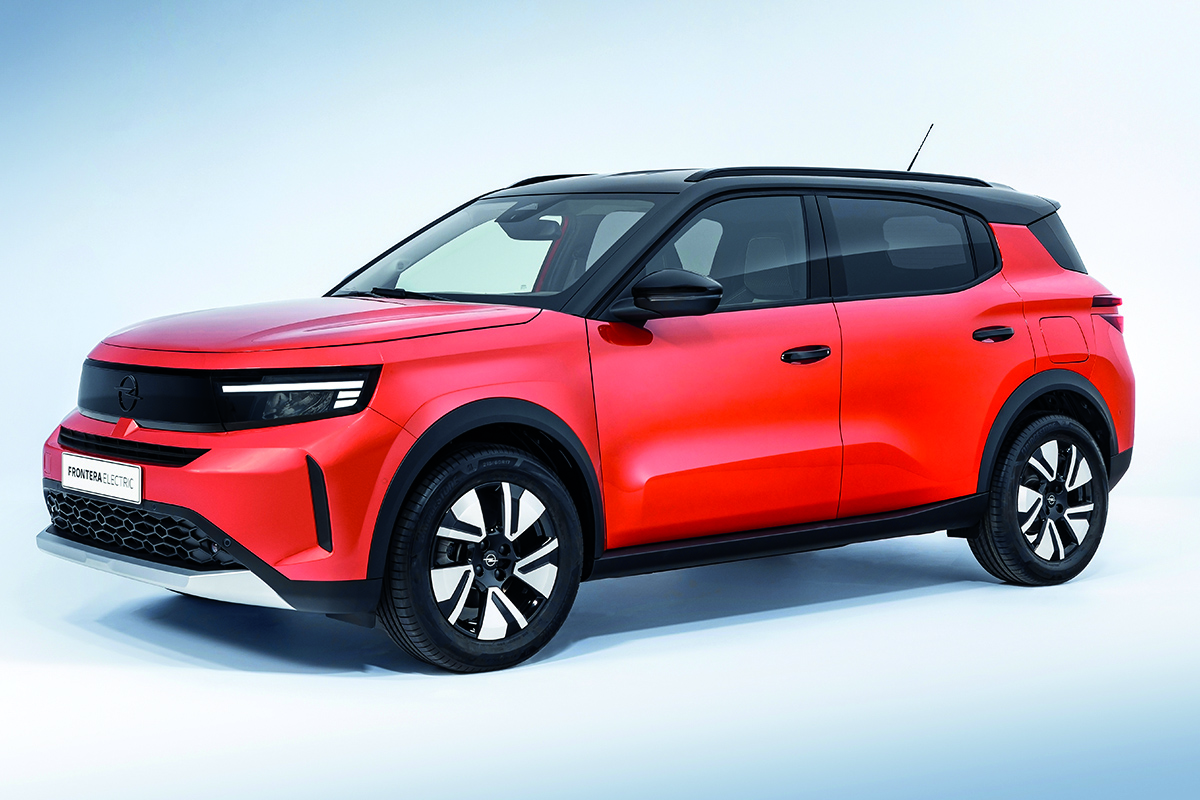
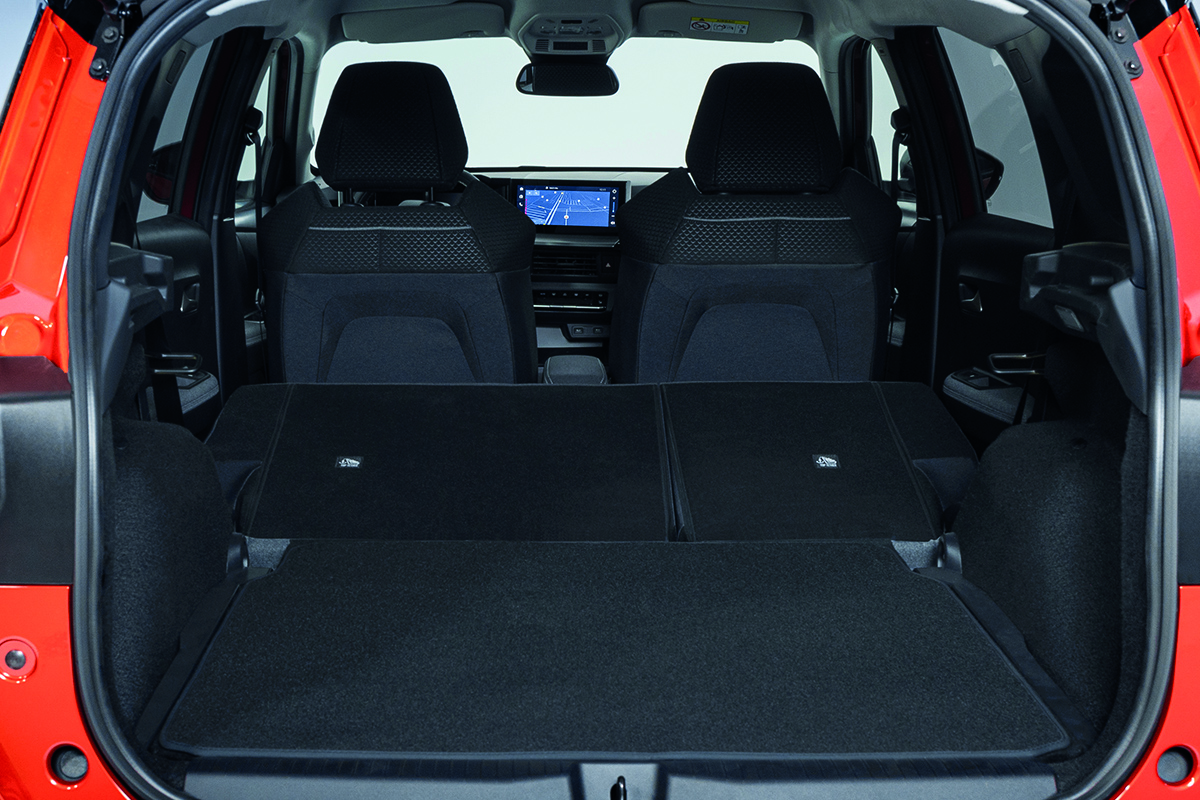
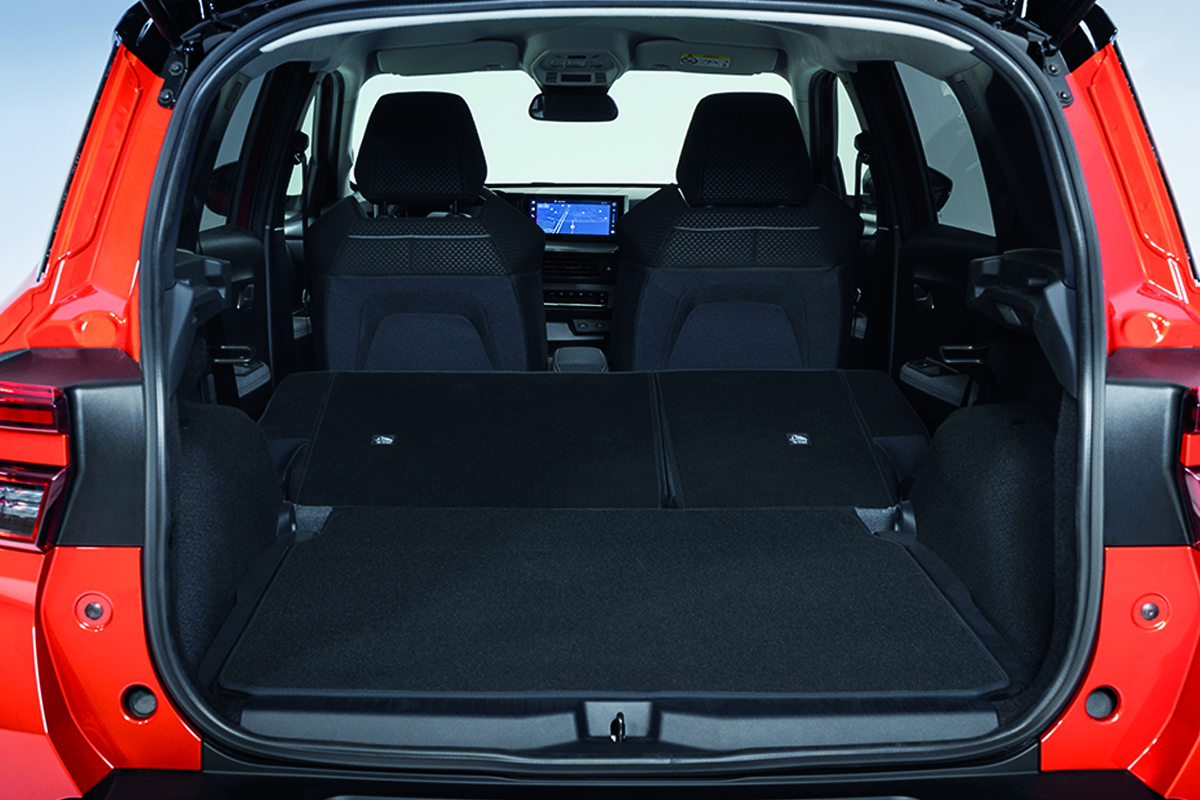
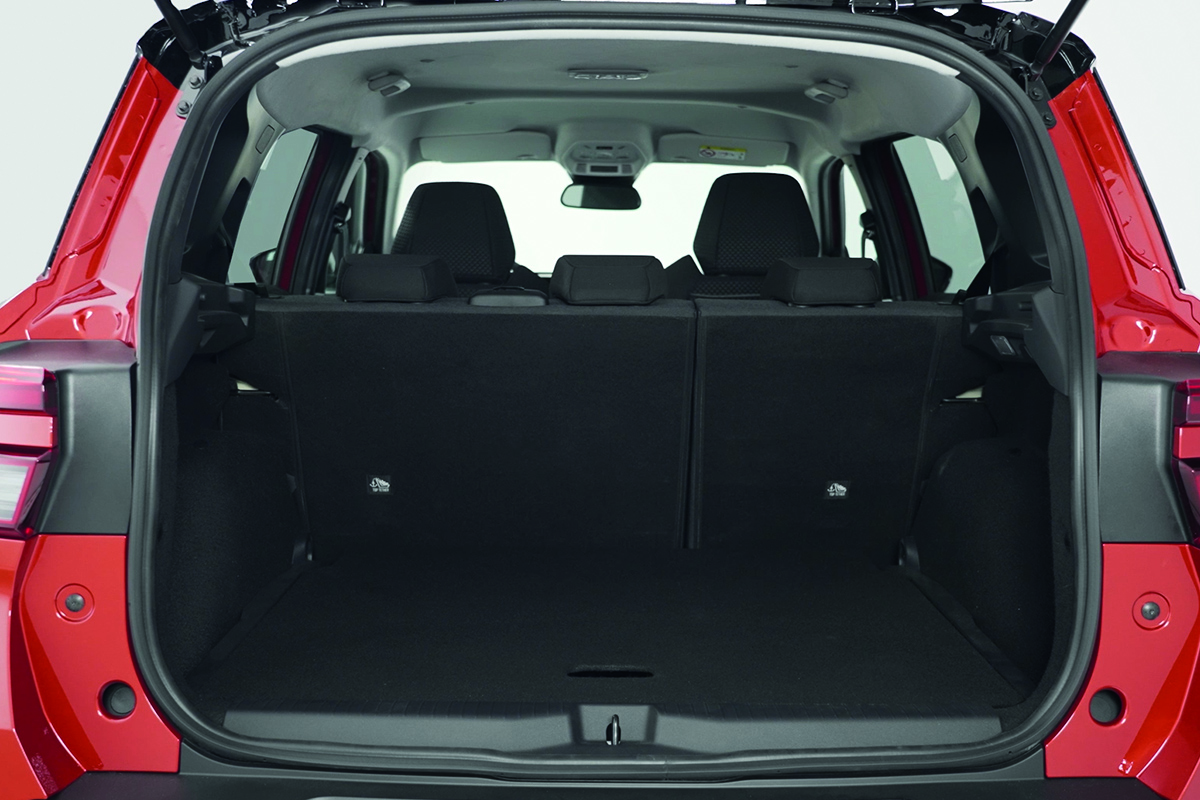
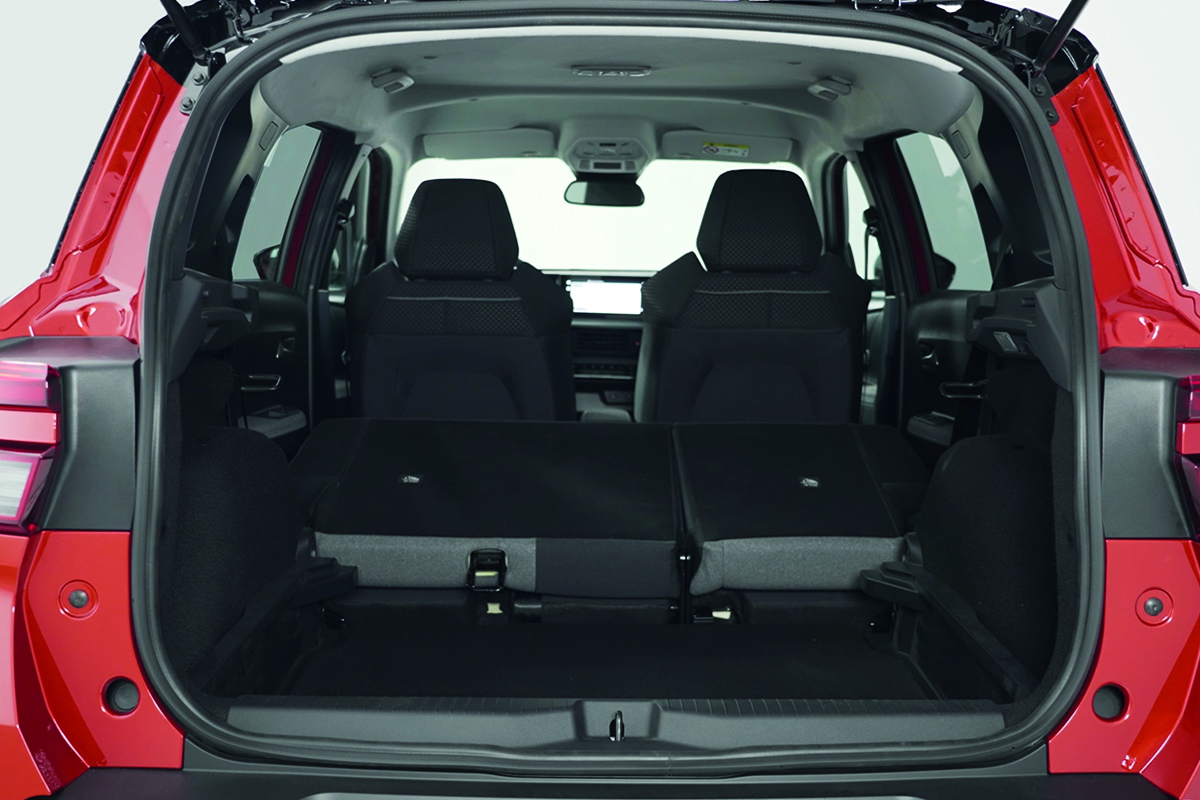
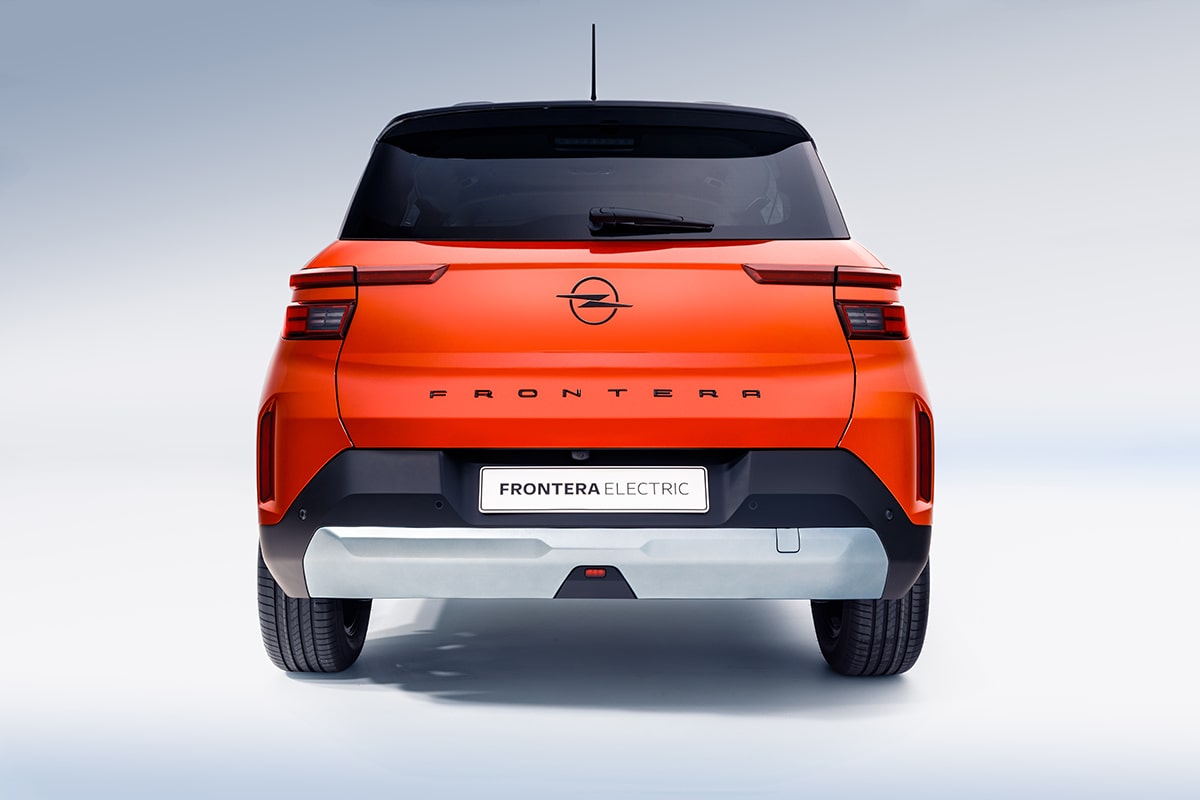
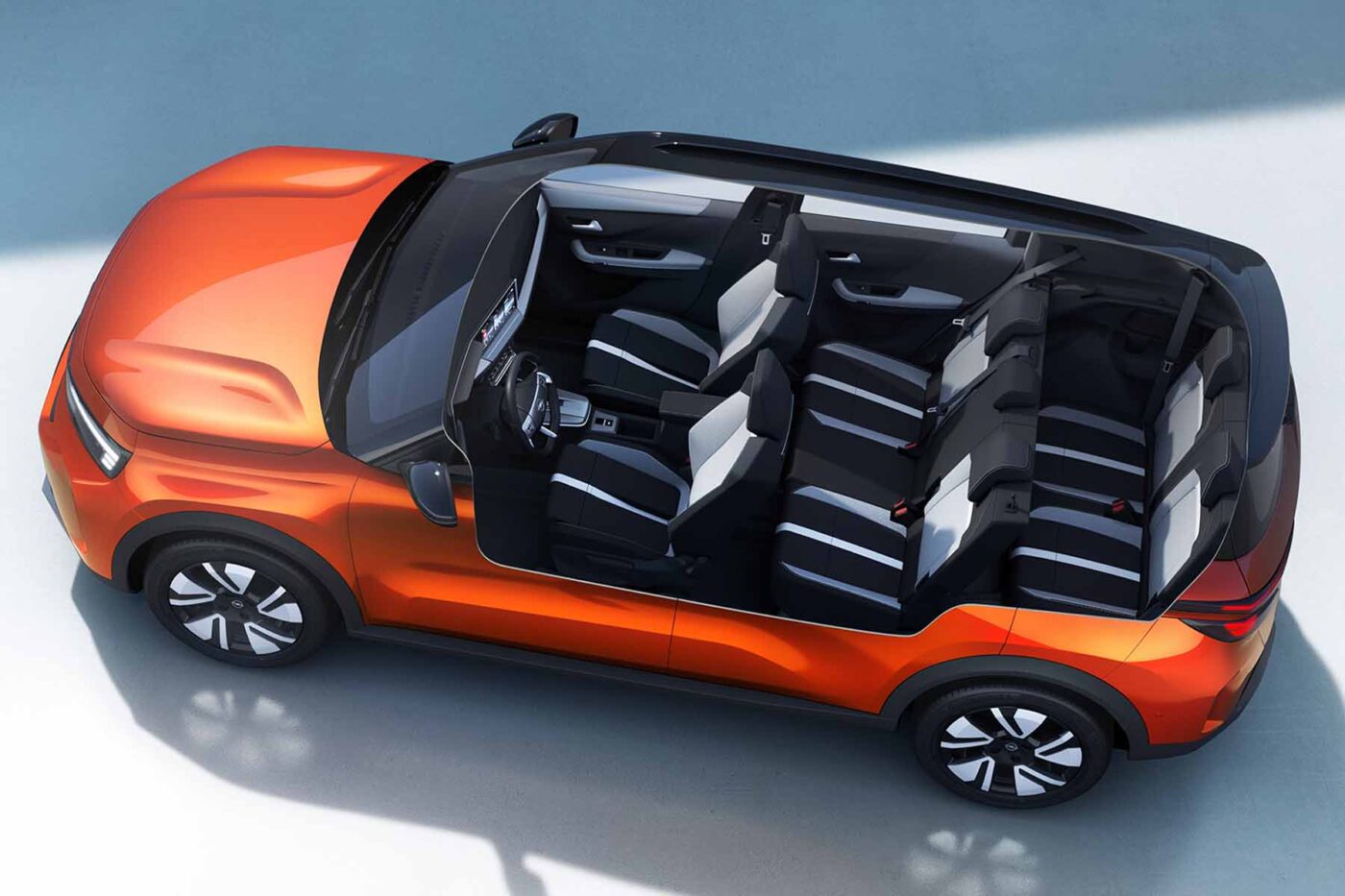
Anything other than the use of Group drive technology would have been a surprise in view of the strict cost and platform logic. The differentiation between the Frontera and its sister models – in the case of the Frontera, the ë-C3 Aircross rather than the small ë-C3 – must therefore be based on design and equipment. At 4.38 metres, the Frontera is roughly the same size as Citroën’s Aircross model.
As the compact SUV with its modern design is to be positioned as robust and cool to appeal to young families, for example, the functional and spacious design is emphasised inside. In this context, Vauxhall also advertises the seven-seater version as the “ideal shuttle vehicle”. There are two ten-inch widescreen displays at the front, one as a cockpit display and one as a touchscreen for infotainment. The structure and design of the steering wheel and the gear selector in the centre console are familiar from the current Vauxhall model series. A new feature in the entry-level version of the Frontera is a “smartphone station” instead of the infotainment screen. As soon as the station is connected via an app, the driver’s own smartphone becomes the control unit for the Frontera’s infotainment – for all those who prefer their own smartphone system to Vauxhall’s operating logic. However, the infotainment can also be controlled using the steering wheel buttons.
As Vauxhall aims to define itself through seating comfort in addition to its focus on lighting technologies within the Stellantis brands, the Frontera features the patented Intelli-Seat feature – Vauxhall claims to make this seat innovation “affordable for a broad range of buyers”. This is a special depression running down the centre of the driver’s and front passenger’s seat that reduces pressure on the coccyx – and is therefore intended to increase comfort on long journeys.
However, in a practical car, the storage space must also be sufficient. With the rear seats up, there is space for more than 460 litres of luggage in the boot. If the seats are folded down (also possible in a 60:40 ratio), the volume increases to up to 1,600 litres. The second load floor with an additional storage compartment comes as standard. If you order the optional roof rails, you can also transport up to 200 kilograms of roof load. Vauxhall does not mention a towing capacity.
For the German market, Opel has announced that the Frontera will be available as a five-seater for around 29,000 euros. For the UK, Vauxhall specifies that the full pricing and specifications will be announced a later date. To compare to Stellantis similar offerings, the ë-C3 costs between 23,300 and 27,800 euros, depending on the equipment. However, as the Frontera is a whole vehicle class above the ë-C3 at 4.38 metres, the price jump seems justified. Vauxhall CEO Florian Huettl recently emphasised that Vauxhall is still working on a 25,000 euro model. However, this will not be the Frontera, but perhaps an electric Vauxhall based on the CMP Smart Car in the four-metre class.




0 Comments